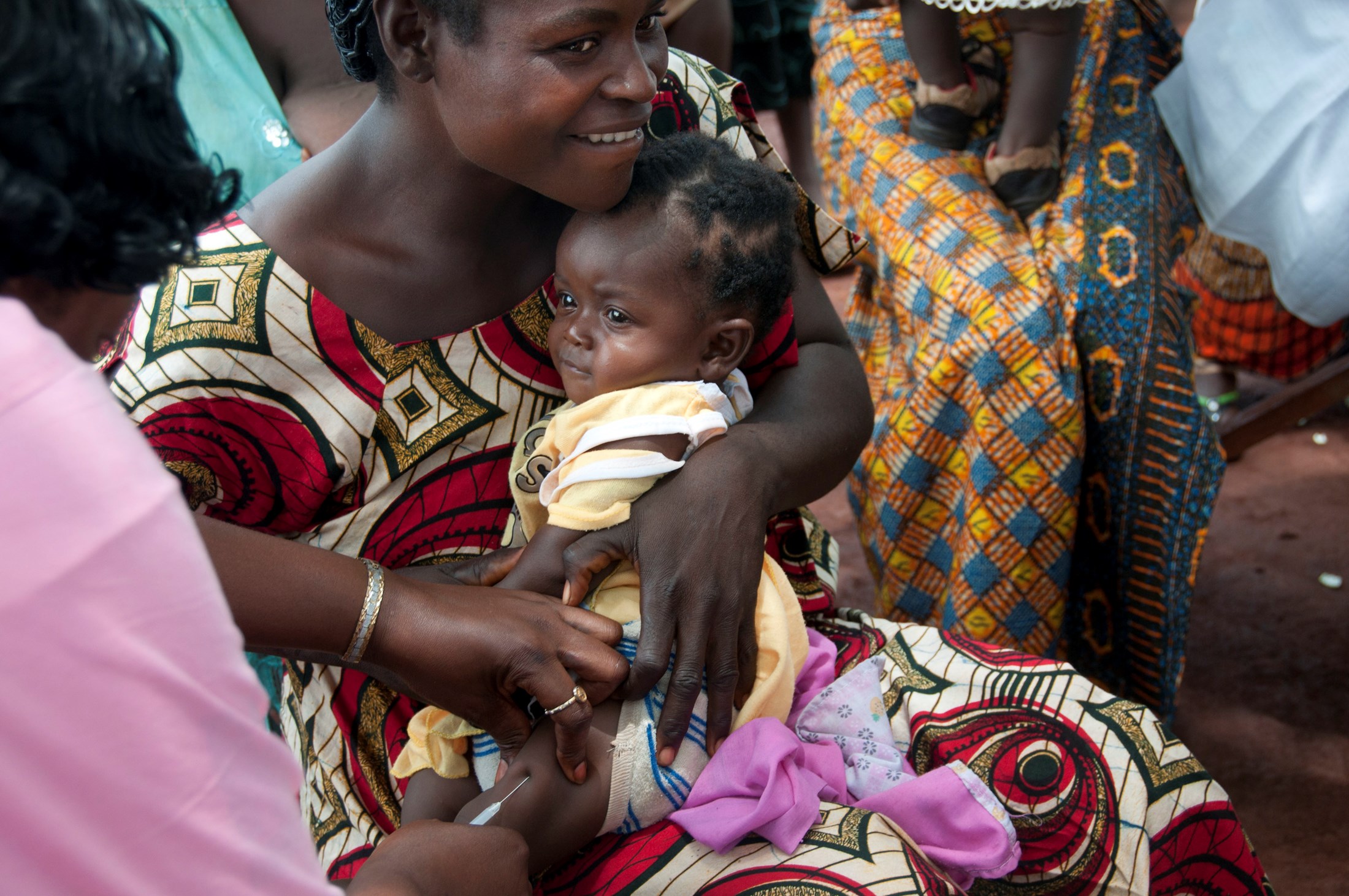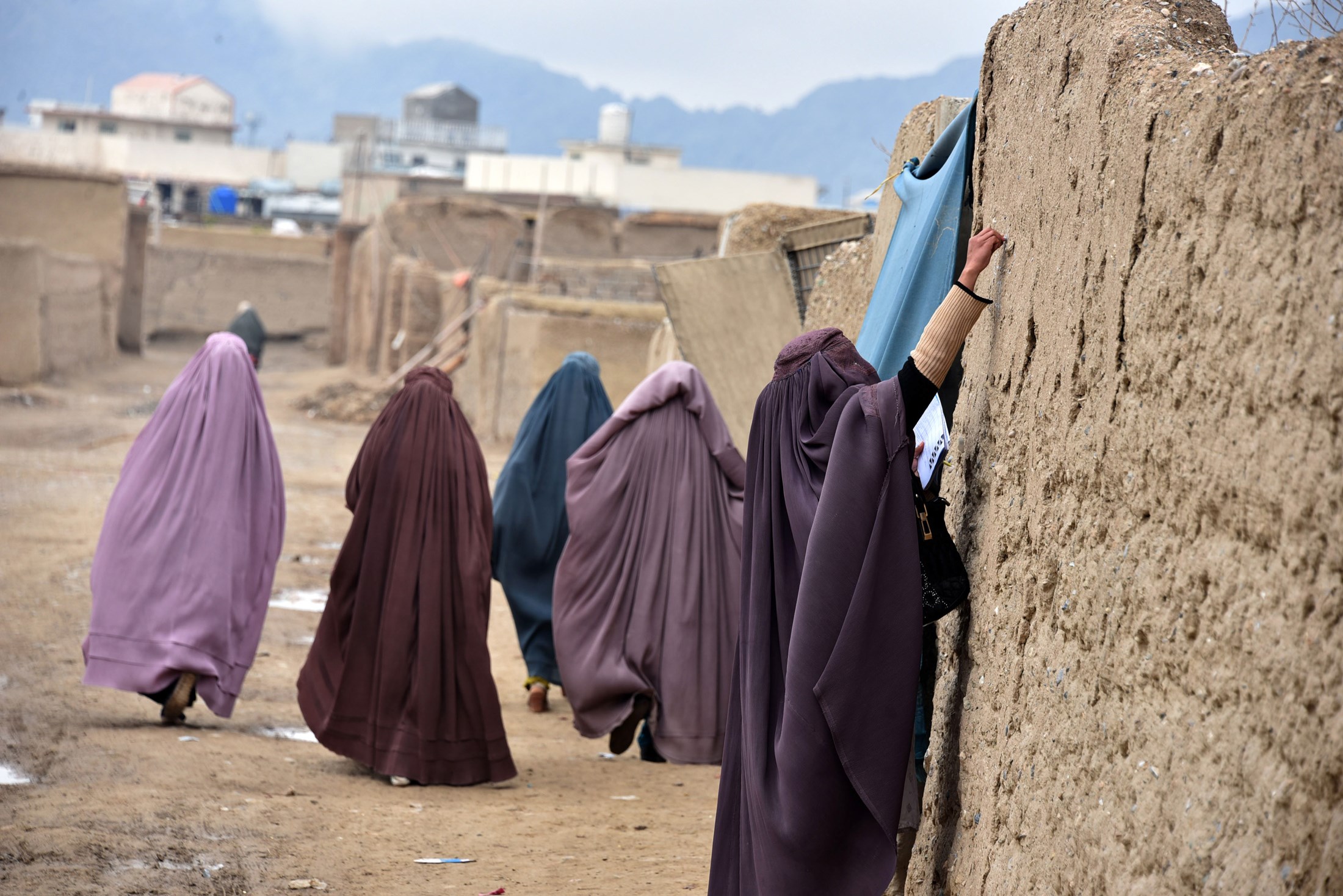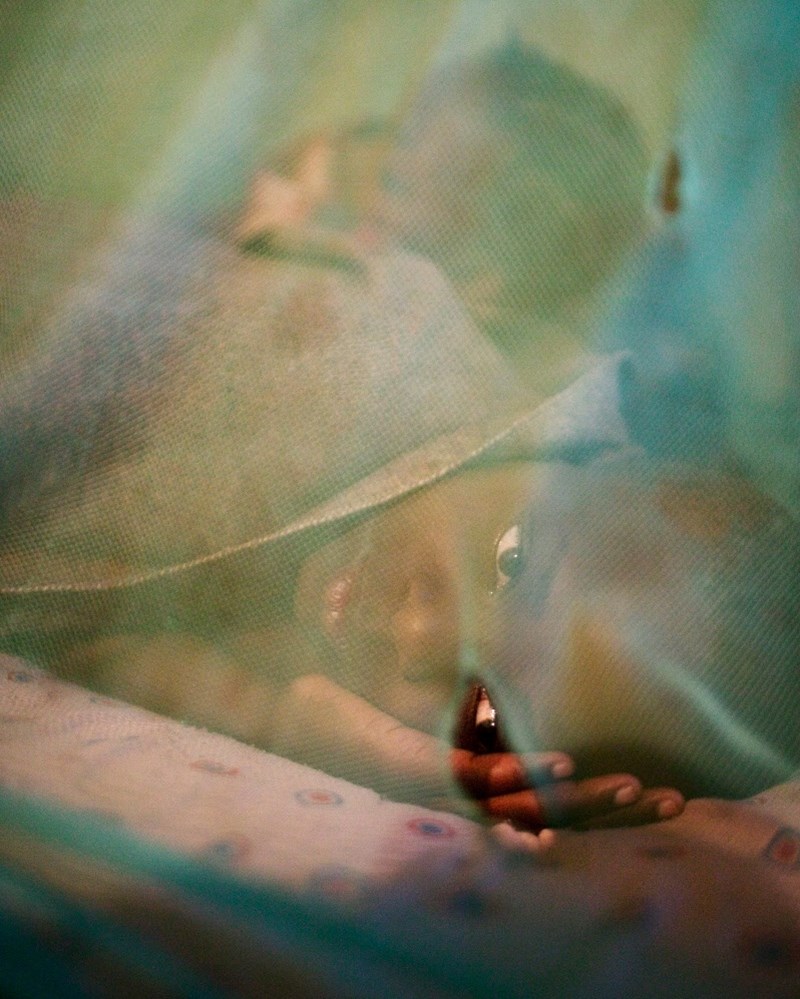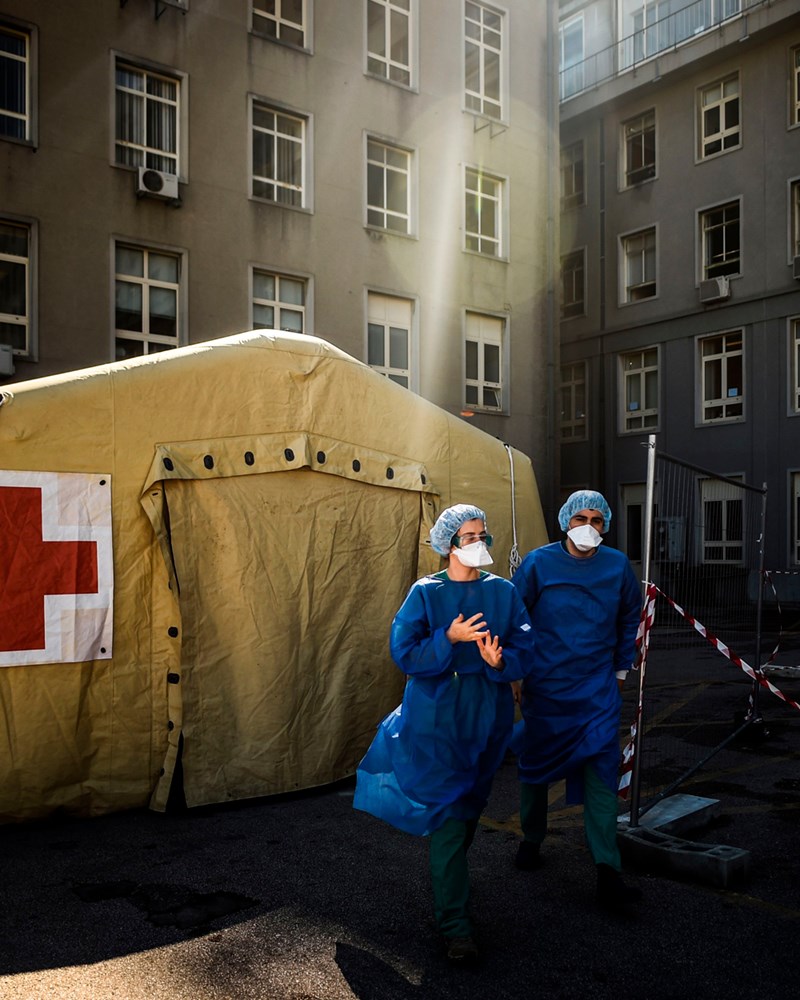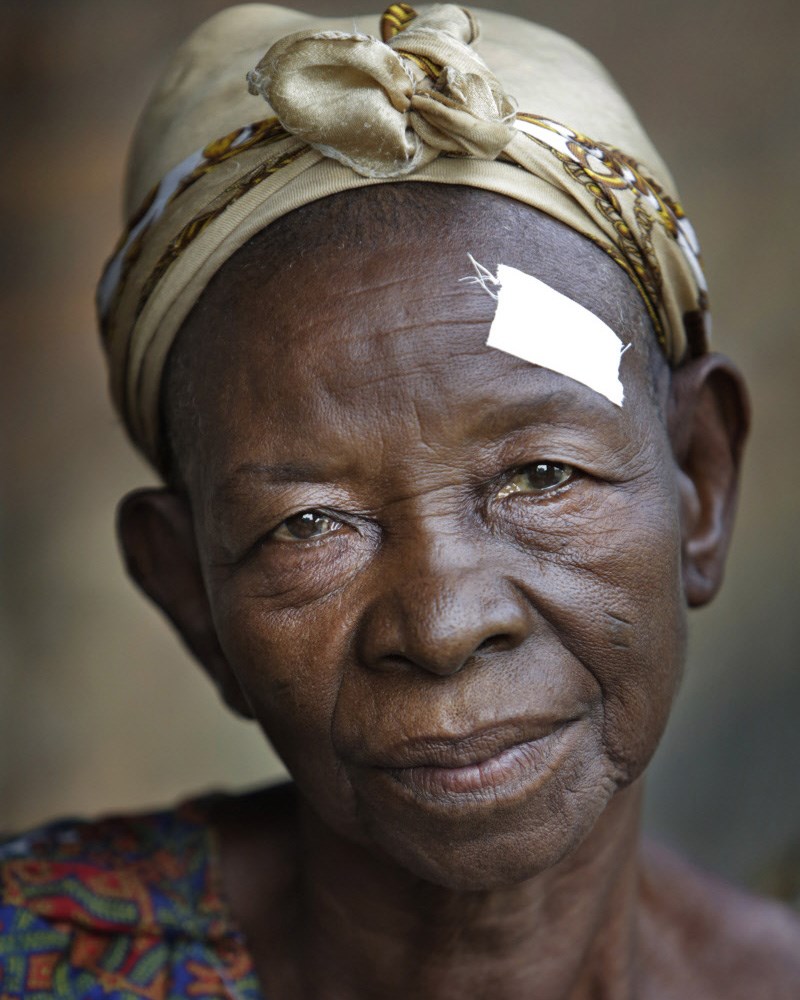Mothers in Pointe Noire know the value of vaccination. The port city, the second largest in the Republic of the Congo, was a tinderbox of cramped living conditions and poor sanitation when polio came calling in October 2010. The virus, a strain that had threaded its way from India to Angola, before creeping north to Congo, blazed its way across the city with ruthless efficiency as vaccination workers raced to snuff it out. The epidemic killed 180 people in Pointe Noire and the wider area of Kouilou, and left hundreds more paralysed.
Polio usually strikes in young children, killing between 5 and 10 per cent of those it paralyses. Pointe Noire’s victims were largely unvaccinated young men, the legacy of decades of bloody war and a failed healthcare system. Together they formed part of a parched underbrush that was ignited by the virus, and fed its path through the city. The case fatality rate was 40 per cent.
“The virus is very, very good at finding victims,” says Sona Bari, spokesperson for the Global Polio Eradication Initiative (GPEI) in Geneva. “Polio can circulate silently for long distances and it can spread very easily. Immunisation is our best defence against it.”
Vaccines are an elegant science. They mimic disease agents to stoke the body’s critical immune response, priming it to attack if it encounters the pathogen again. They are, without question, among the world’s most cost-effective health interventions, all but wiping out some of man’s most feared plagues. From measles to mumps, whooping cough to diphtheria, immunisation has saved millions of lives, often at the cost of just a few dollars a dose.
As recently as 1988, polio was on the march in more than 125 countries, attacking 350,000 people each year. Today, the virus has been beaten back into just three: Afghanistan, Pakistan and Nigeria. Eradication is tantalisingly within reach: in 2012, there were fewer than 225 cases of polio worldwide.
Still, immunisation is a geographic lottery. The world’s poorest nations remain convulsed by diseases that have faded from memory in the West. Vaccines may be a silver bullet but unaided, fragile states such as Afghanistan and Yemen lack the funds to buy them and the medical infrastructure to distribute them.
Drug companies, for their part, can’t count on demand from single, cash-strapped nations being large and predictable enough to cover their costs.
Children pay the price of this disparity. Of the 430 people who died of measles each day in 2011, 95 per cent lived in poor countries. Most were under-fives.
“If you go back to 1990, there were 12 million kids dying before their fifth birthday,” says Chris Elias, president of the global development programme at the Bill & Melinda Gates Foundation, the world’s largest private philanthropic organisation. “Right now we’re at 7 million. About 1.5 million of those deaths... are preventable by vaccine.”

